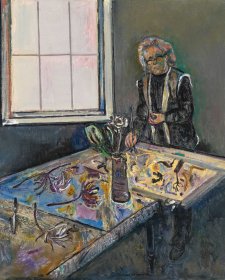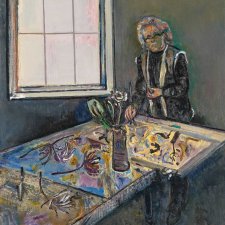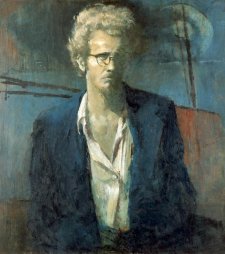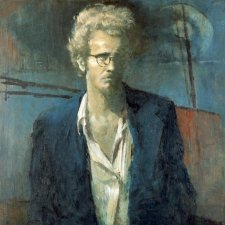There was a wild herd of kangaroos in the bush around us, and of course I was very intrigued. I used to creep up and sit down and watch them playing around me. But always very upset because whenever they were aware of me, they’d gallop off, and I used to feel, if I could let them know that I’m not going to harm them. But perhaps because of other human beings they were scared. And my feeling the whole time was, if I could only get the birds and animals to realise that I’m not going to harm them.
I saw one kangaroo had been shot and I was really upset about this and I used to go back and look at this – remains. Then I got a shock the following spring, that the animal had practically disintegrated, but out of that area where this animal had died, there were these most beautiful orchids. And that gave me the realisation of this continuing cycle, is that this kangaroo had to die to produce something in the soil that produced these orchids, because they weren’t anywhere else, they were just in this one spot. So all the paintings from then on, right up ‘til halfway through ’64, were of birds and animals, and this continuing cycle, always the paintings took the form, organic form of a movement, you could almost call it like a circle, ‘til this trip came up to the north-west, up to the Kimberleys. There I had a very, very big change of feeling. As I said before, I felt myself not belonging to the world – we were some mistake. Going up there, I felt myself starting to belong for the very first time, and it’s made a big change to the paintings, because now I’m painting human beings, they’re in all the paintings I’m doing, because for the first time perhaps, at the age of 40, I’m feeling myself starting to belong in the world, that is, the world in its total stage, not just human beings and animals but all being one.













